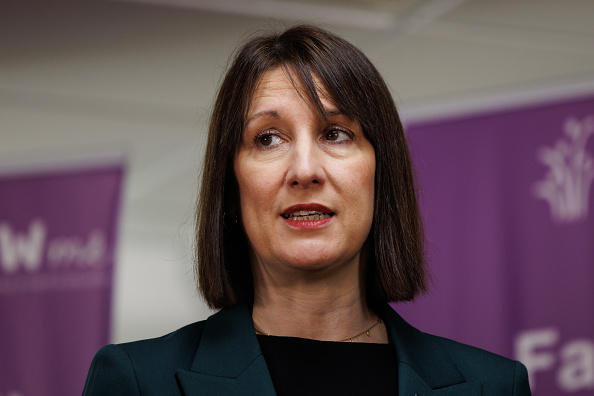The Government wants to encourage the over 50s and the long-term sick back to the workplace.
Some 500,000 working age adults who have dropped out of the labour force since the pandemic, making it challenging for businesses to hire.
Mel Stride, the work and pensions secretary, is drawing up the proposals and is also prioritising efforts to keep people in work in the first place.
One of the reforms being considered is to let people on long-term sickness benefits keep some of those payments when they first return to work. Tax breaks to encourage the over 50s to return to work have also been discussed but are being seen as unworkable in practice.
On top of these plans, Stride is due to publish a delayed white paper on the health and disability benefits system. As it stands, people who come back to work and come off disability benefits have to begin the benefits process again if they are unable to hold the job.
Jon Ashworth, shadow work and pensions secretary, pledged that a Labour government would allow people to return to their benefits without the need to requalify.
Rishi Sunak and Jeremy Hunt have said that boosting the workforce will be a key priority for 2023, being a key feature of the Budget in March.
The Prime Minister is resisting pleas from businesses to ease restrictions on immigration to fill job vacancies.
However, the reluctance to allow more immigration has attracted criticism. Philip Hammond, former chancellor for the Conservative party, told Andrew Marr on LBC: “We’re going to have to bring in hundreds of thousands of foreign workers to do the jobs that are not currently being done, which are depressing our GDP growth through the restaurants that are closed, the pubs that can’t open seven nights a week, and so on.”
Business leaders have also urged Hunt to widen the government’s shortage occupation list, under which international workers get visas to work in the UK, but privately admit that more immigration isn’t possible following Brexit.





